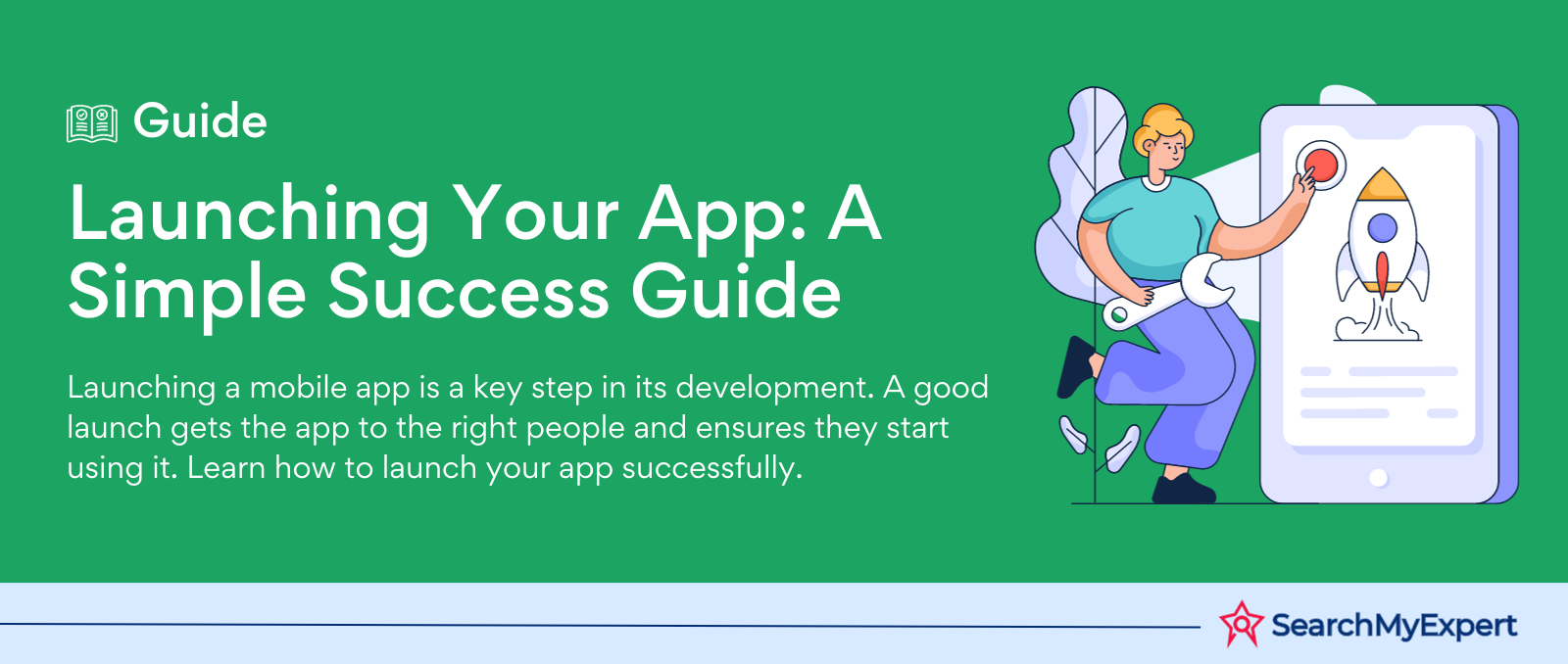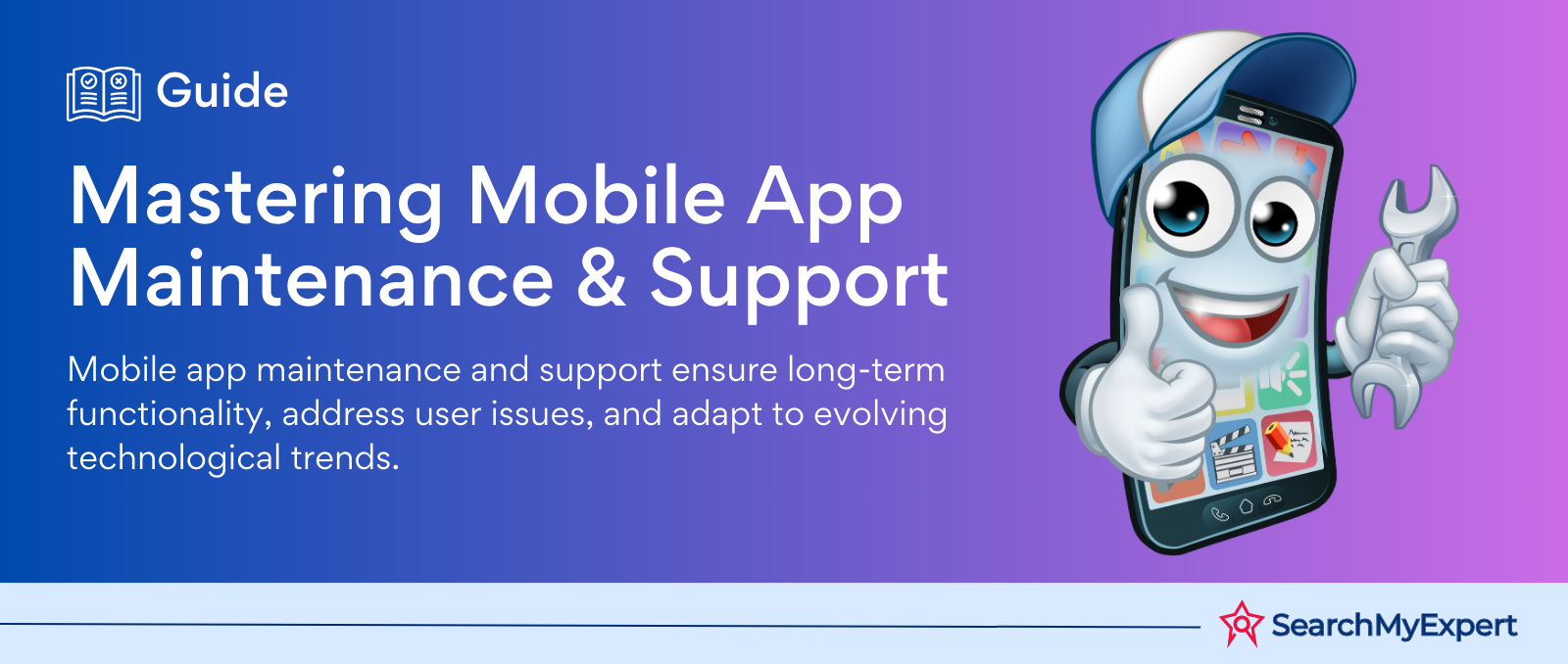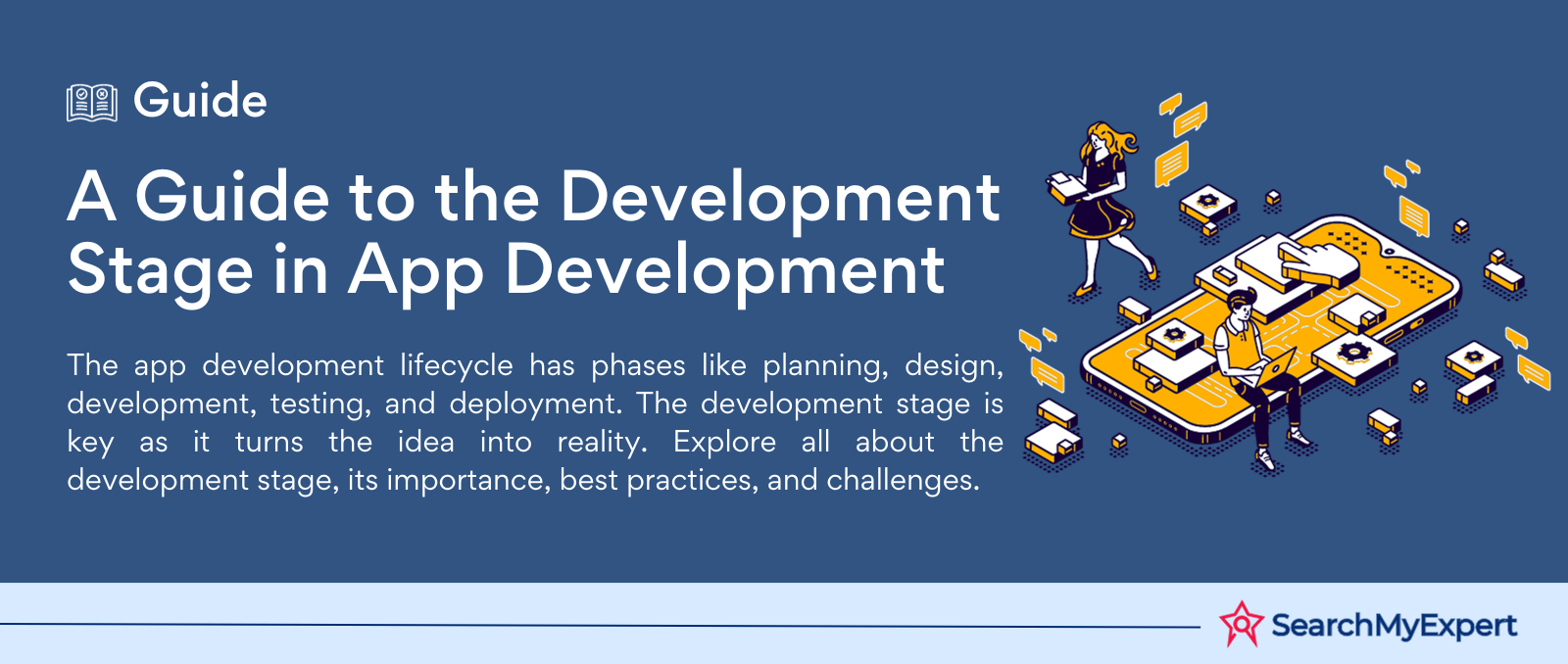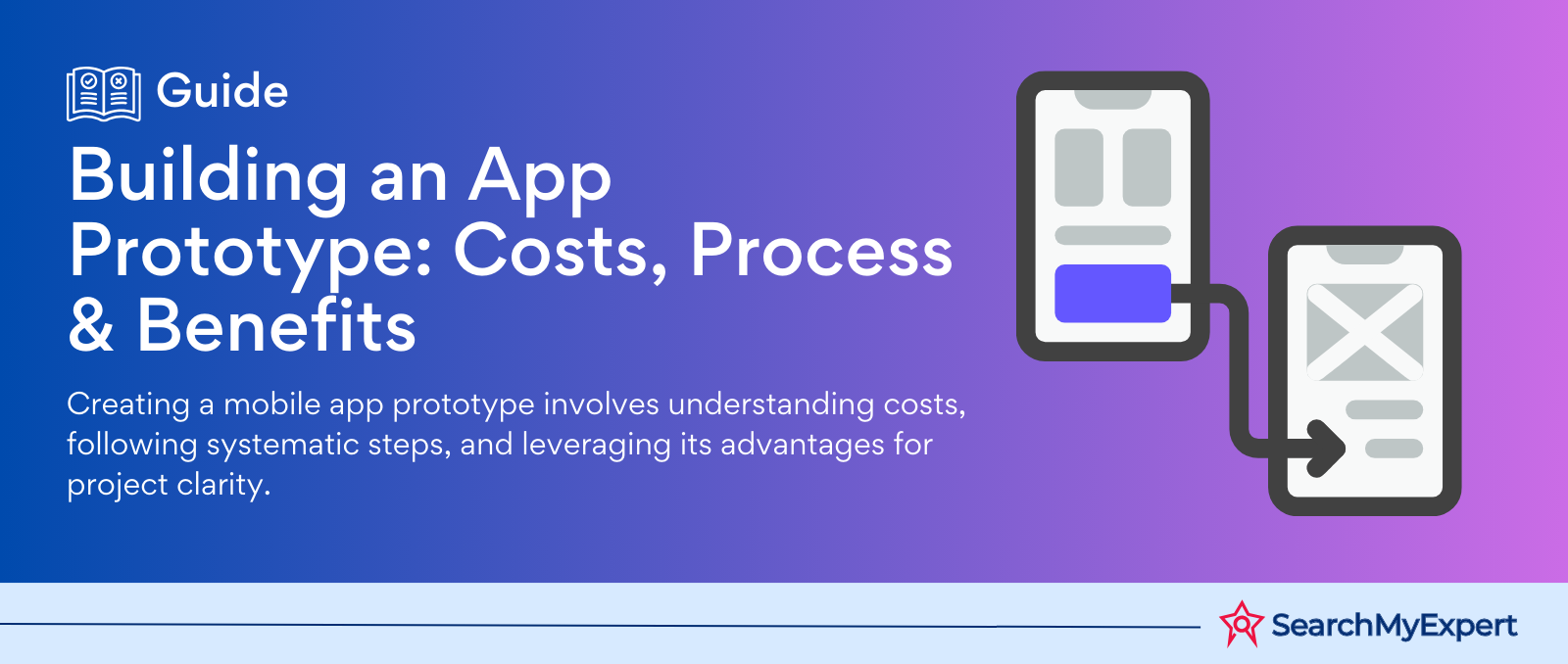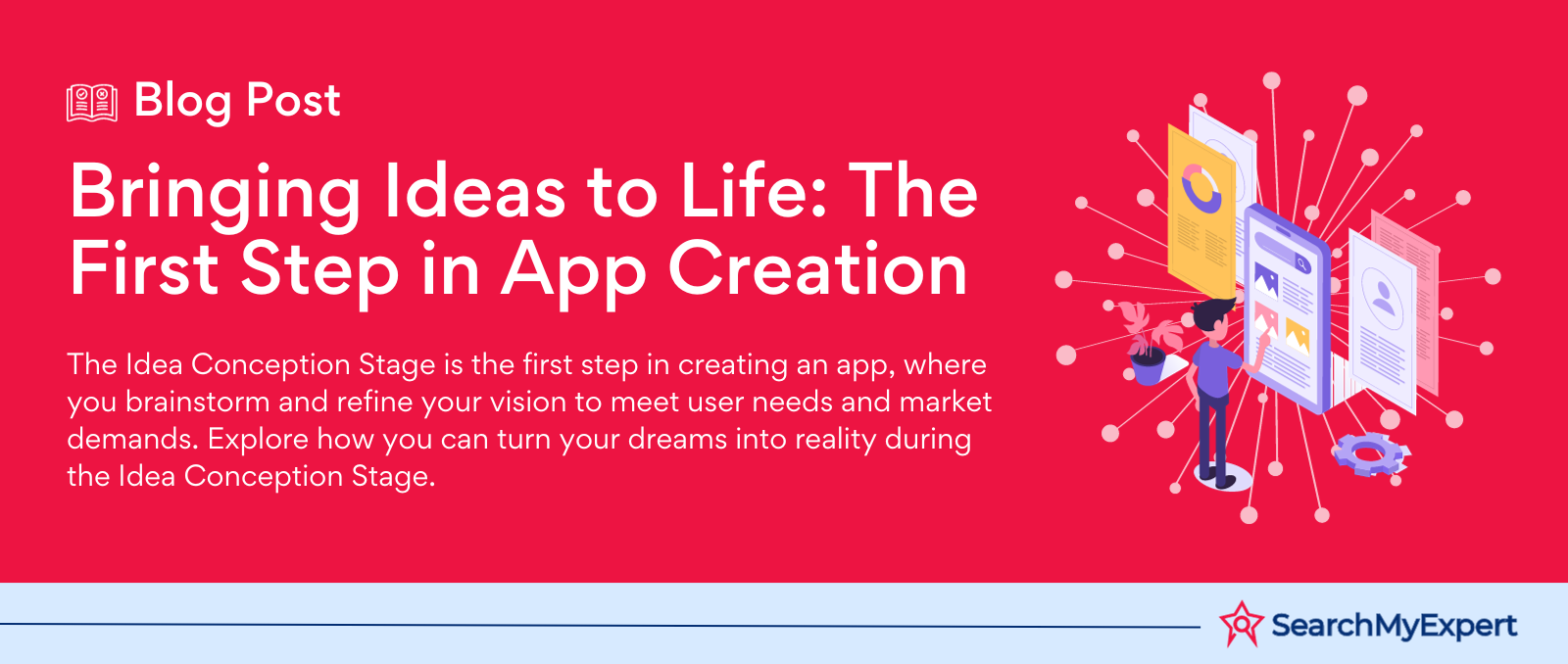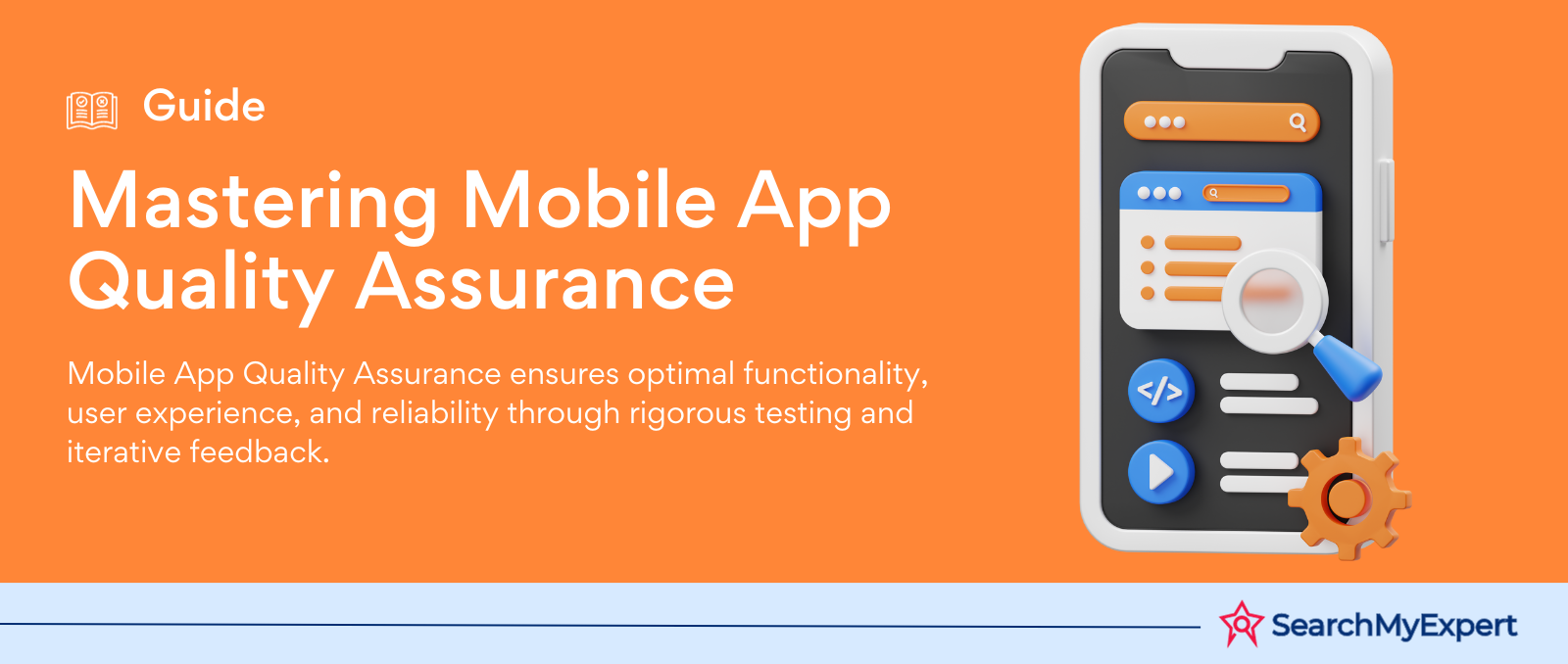Maximizing the Long-Term Success of Your Mobile App

In the fast-paced world of mobile app development, the launch of your app is just the beginning. To ensure long-term success, you must embark on a journey of continuous maintenance and improvement. Just like maintaining a house, your mobile app requires regular attention and care. In this comprehensive guide, we will delve into the critical aspects of long-term app maintenance, shedding light on its benefits, best practices, and associated costs.
The Benefits of App Maintenance
1. Minimize Uninstalls
Did you know that a staggering 71% of users uninstall an app within the first 90 days? Apps plagued by annoying bugs or frequent crashes drive users away faster than you can say 'uninstall.' Furthermore, if an app fails to provide ongoing value, users will have no reason to keep it on their devices. Long-term maintenance ensures that you continuously address issues, retaining your most valuable assets—active users.
2. Deliver Better User Experiences
Your goal isn't just to have users; it's to make them fall in love with your app. Building lasting relationships with your users is vital for app success. To achieve this, you must provide exceptional experiences. Monitoring your app over time grants insights into user preferences, problems, and habits. By staying updated with user feedback and market trends, you can make constant improvements, resulting in happier users who stay engaged and leave positive reviews.
3. Keep Up With the Competition
The app landscape is fiercely competitive, with millions of apps vying for attention. To stand out, you must continuously update your app to encourage downloads. If you neglect maintenance, users will seek better alternatives, and your competitors will capitalize on your inertia. Long-term maintenance keeps you ahead in the race.
4. Achieve Financial Benefits
Regular maintenance isn't just about preventing bugs; it's also a financial strategy. Fixing issues incrementally over time is more cost-effective than addressing a major problem later. Monitoring user behavior allows you to eliminate unnecessary features, reduce costs, and optimize ROI. Regular updates can also boost user engagement and conversion rates, increasing your bottom line.
5. Maintain a Positive Brand Image
Your app is a reflection of your brand. Neglecting app maintenance can lead to unhappy users, negative reviews, and a tarnished brand image. Users don't hesitate to criticize, which can deter potential users. Protect your brand by keeping your app in top shape.
Best Practices for Long-Term App Maintenance
1. Add New Feature Updates
Monitor user interactions to discover which features are most valuable. Implementing regular, minor feature updates based on user feedback and usage patterns keeps users engaged and minimizes costs.
2. Ensure App Support with New Hardware/Software
Technology evolves rapidly, with new mobile devices and operating systems released regularly. Ensuring your app remains compatible with the latest hardware and software is essential to prevent user attrition.
3. Keep Your User Interface Updated
Evolve your app's user interface in tandem with changing styles, trends, and usage habits. A mature user interface ensures existing users remain interested and engaged.
4. Fix Bugs Timely
Promptly address bugs and technical issues to prevent user frustration and app failure. Monitor user feedback and reviews to identify and resolve issues efficiently.
5. Monitor Performance
Continuously evaluate loading times, responsiveness, and other performance metrics. Analyze user behavior and engagement to optimize your app's performance over time.
6. Offer Scheduled System Maintenance
Plan and communicate scheduled maintenance to users to set clear expectations and avoid unexpected downtime.
7. Keep a Check on Licenses
Ensure you stay compliant with licensed technologies by renewing certifications as needed.
How Much Does App Maintenance Cost?
The cost of app maintenance varies depending on your app's complexity, features, and who you hire to perform it. Most development firms recommend budgeting around 20% of the total development cost for annual maintenance. Initial maintenance costs can be higher, up to 50% in the first year, and decrease to 15-25% in subsequent years.
Investing in a well-planned mobile app maintenance strategy is crucial for the long-term success of your app. Your journey doesn't end with the app launch; it begins with effective and consistent maintenance. By following best practices and allocating resources wisely, you can keep your app competitive, cost-effective, and user-friendly in the ever-evolving app ecosystem.
Certainly, let's continue exploring the key aspects of long-term app maintenance:
Selecting the Right Partner
While understanding the importance of long-term app maintenance is crucial, choosing the right partner to assist you in this journey is equally significant. Selecting a reputable mobile app development company is essential to ensure the longevity and success of your app. Here are some factors to consider when choosing a partner:
Expertise and Experience
Look for a company with a proven track record in app development and maintenance. They should have experience working with a variety of apps across different industries.
Technical Proficiency
Ensure that the company stays up-to-date with the latest technologies, frameworks, and platforms. Their technical expertise will be crucial in keeping your app compatible with evolving hardware and software.
Communication
Effective communication is key to a successful partnership. The development company should maintain transparent and open channels of communication to keep you informed about the app's progress and any issues that arise.
Portfolio
Review the company's portfolio to assess the quality of their work. Check if they have experience in maintaining apps similar to yours, as this can provide valuable insights.
The Ongoing Process
Long-term app maintenance is not a one-time task but an ongoing process that requires dedication and vigilance. Here's a breakdown of what this process entails:
Continuous Monitoring
Regularly monitor your app's performance, user feedback, and analytics. This data will guide your maintenance efforts and help you make informed decisions.
User Engagement
Engage with your users through feedback mechanisms, surveys, and direct communication. Understanding their needs and preferences will enable you to tailor your app to their expectations.
Agile Development
Adopt an agile development approach, allowing you to make incremental improvements based on user feedback and emerging trends. This flexibility ensures that your app remains relevant and competitive.
Security Updates
Cybersecurity threats evolve over time, making it crucial to stay vigilant. Regularly update your app's security measures to protect user data and maintain their trust.
Conclusion
In conclusion, long-term app maintenance is not an option but a necessity for the continued success of your mobile app. By embracing the benefits, following best practices, and investing in the right partner, you can ensure that your app thrives in an ever-changing landscape.
Remember, your app's journey doesn't end at launch—it's an ongoing adventure of improvement, user engagement, and adaptation. Stay committed to providing exceptional user experiences, and your app will not only survive but thrive in the competitive app ecosystem.
If you have any further questions or need assistance with your app maintenance strategy, feel free to reach out to us. We're here to help you achieve long-term success in the world of mobile apps.
Be the Trendsetter with these
Mobile App Development Companies
at your fingertips.
share this page if you liked it 😊
Other Related Blogs

Mastering Docker for App Development: A Comprehensive Guide to Benefits, Use-Cases, and Alternatives
STAY UP TO DATE
GET PATH'S LATEST
Receive bi-weekly updates from the SME, and get a heads up on upcoming events.
Contact Us




